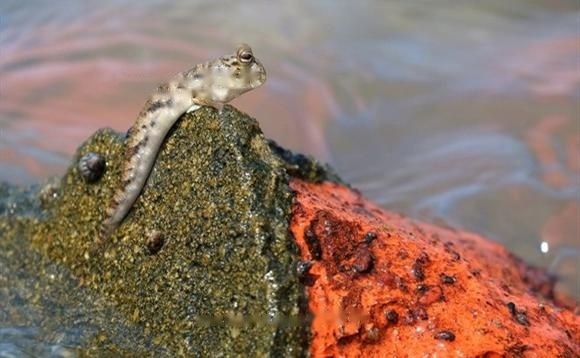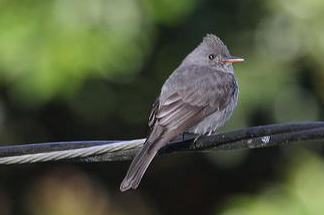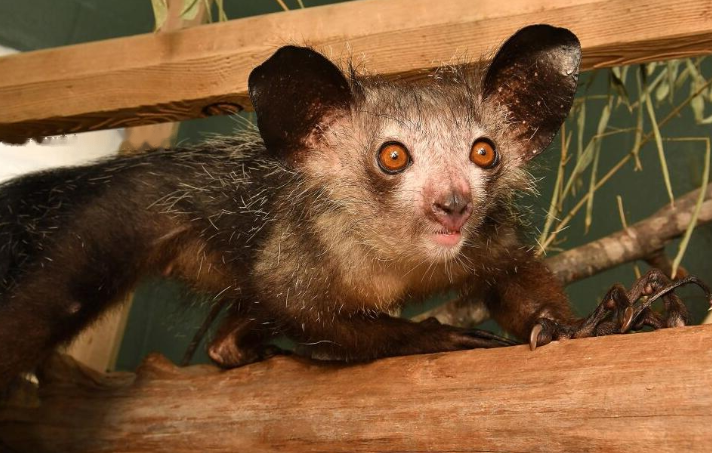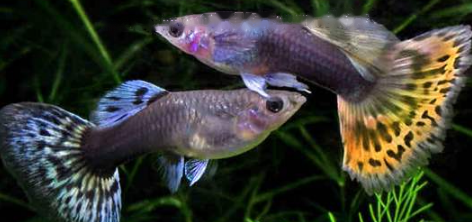The average lifespan of the giant mudskipper is 3 to 5 years, with a maximum of 7 years. Artificially reared mudskippers are generally kept in ponds, and due to the habit of large mudskippers like jumping, the artificially cultured ponds must be large enough to ensure that the large mudskippers can move. Since the large mudskipper likes to live alone, it is necessary to pay attention to the stocking density when it is artificially cultured, generally 6 fish/square meter is the best.

The pond for the large mudskipper is rectangular, with an area of 1 hectare and a pond embankment. The height is 50cm and the bottom of the pond is flat, which is conducive to draining and drying the pond and cultivating benthic diatoms. The bottom is soft clay, and there are no annular grooves and central grooves around, so as to improve the efficiency of cultivating benthic diatoms and facilitate the fishing of adult fish. The transportation around the cultivation pool is convenient, there is no pollution source, and there is a certain source of fresh water. Build one drainage gate each, add a seine net around the pond to prevent large mudskippers from escaping and predatory creatures immersed in, and set up a nylon net with a mesh of 100m at a height of about 2m from the bottom of the pond to prevent birds from preying on large mudskippers.
Before stocking, it is necessary to dry the ground, apply basal fertilizer, expel predators, trash fish, etc., and then inject water to cultivate benthic diatoms. In May 2004, the pond was disinfected with quicklime with a concentration of 400×10E-6 and bleaching powder with a concentration of 50×10E-6 (32% effective chlorine) to remove harmful organisms and pathogenic bacteria.

Subscribe to Newsletter
Professional platform for pets, dogs and cats.
![[Original] Sharing of popular science knowledge of ringed map turtles](/static/img/11249/11249_1.jpg)




